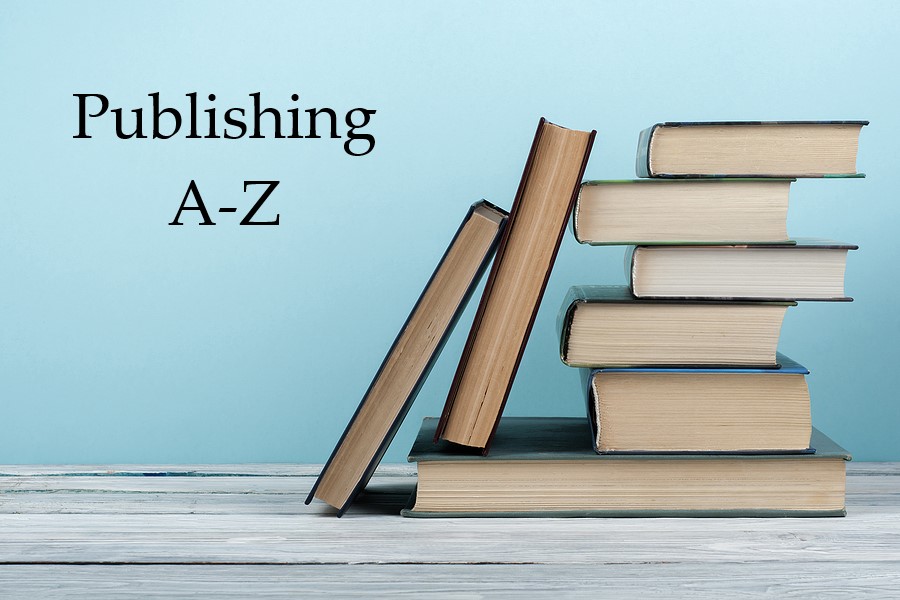Welcome back to the continuation of story structure. For this series, I’m using the Three Act Structure. However, there are other models you can use. Just because I’m using this one doesn’t mean none of the others won’t work as well.
However, the three-act structure is a tried-and-true method for crafting a story and is utilized by screenwriters and novelists alike.
So, here we are in Act 1. Act 1 introduces the readers to the world, the characters, and their daily lives. Then comes the inciting incident, which upsets this daily routine, hinting at the forthcoming conflict. Last time, we left our character, Oliver Tyson, arriving at his office at the morgue to find it trashed. That was the inciting incident that jolted our main character out of his normal and into his story. From the inciting incident, we work our way toward the next crucial moment in the three-act structure known as Plot Point 1. In essence, Plot Point 1 catapults the main character into the primary conflict of the story, ending the first act and initiating the second.
Now, I do want to note that some three-act structures give percentages about where all of these things fall in the story. I’m fine with that, but my stories tend to have different percentages. Because I start out with a bang and the inciting incident happens so quickly and near the beginning of the story, I can’t go with what the percentages say. So keep that in mind if you do the same. The thing to remember is that the inciting incident has to happen fairly soon after the opening of the story if you want your reader to stay engaged.
Inciting incident: Oliver’s office is trashed. Someone has broken in and upended the place. The next few chapters will reveal key information. Sophia Porter and her partner are assigned to the case. They arrive at the scene, and this is where our heroine (Sophia) and hero (Oliver) meet.
**If you have a theme for your story (and you should!), some of that can be revealed here via character interaction, dialogue, etc.
When Sophia arrives at the scene, she learns that Oliver has been tasked with reconstructing a skull. He hopes to help identify a young woman who tragically died six years ago. She’s not linked to any cold cases or missing persons. This Jane Doe presents a profound mystery: Who was she?
For Sophia, the discovery of this skeleton is more than just another case. Every unidentified body carries the weight of possibility: Could it be Cassidy? So, needless to say, she’s intrigued and wants to follow this case—and Oliver—to its conclusion. Once she’s taken Oliver’s statement, the crime scene unit has done their job, and everyone has gone home, Sophia can’t get Oliver out of her head—or the work he’s doing on the skull. She calls him and asks him to meet for dinner. She’s got questions. He agrees.
In the parking lot of the restaurant, someone attacks him with the warning to “let the dead stay dead.” The attacker runs off and leaves Oliver bleeding from a head wound on the asphalt. A woman runs into the restaurant screaming for someone to help the man in the parking lot. That she’s just witnessed a mugging. Sophia runs out to find Oliver dragging himself into a sitting position.
He tells her what happened while someone calls for an ambulance. He insists he’s fine. Then he tells her the attack was personal and relays the message. “I think he was talking about the skull I have. Someone doesn’t want me to work on it.” She asks him if he plans to quit reconstructing the face. He looks at her and frowns. “Absolutely not. Whoever didn’t want her face to be revealed just made a huge mistake. I’m going to be working on that reconstruction day and night now.”
(Because that’s how real heroes respond, right?)
And here is where your Plot Point #1 (PP #1) will happen. It’s usually right at the end of Act 1. For those of you who want percentages, this is about 25% of the way into the story. If it’s 22% or 30%, it’s okay. 25% is an average. Anyway, PP #1 and the end of Act 1 is where the character has to make a decision. This is the point of no return and the end of Act 1.
More about Act 1. There are a few elements you want to make sure you have in your story up to this point:
- the opening should set the mood/tone of the story
- hero/heroine’s everyday “life as normal”
- some reference to the theme
- inciting incident
- life changing moment: someone dies, divorces, discovers a secret, has a break-in, decides to fight back, etc.
You also want to make sure you:
- Make the reader aware there’s an antagonist in the story somewhere.
- Define the character’s goals. Let us know a bit of their backstory and why they’re where they are.
- End Act I with a change of the playing field. A decision has been made, and now it’s time to head into Act II.
Now, it’s your turn. In thinking about your story, what is your first Plot Point? What is the point of no return for your character? Do you have one?
See you next time.



 J Is for Just-in-Time
J Is for Just-in-Time

First plot point in my world’s end tale
comes when Joe meets Armageddon,
and he finds that its travail
really makes for heavy sleddin’
when Starbucks is a smoking hole
and Walmart has departed Earth;
it strikes him deeply to the soul,
and he knows now that the birth
of the trickster has occurred,
and that he must make the choice
to pick up the Spirit’s Sword,
and in courage lift his voice
to ask where Antichrist be found,
that Joe might put him in the ground.
I wonder what James Michener would’ve thought of this article. What room does it leave for the introduction of subplots and even characters who will play significant parts in sequels. This is the formula for most tv sitcoms and one hour dramas. What has happened to books that make you THINK?!
I’ve read james Michener and enjoy his books. This article is part of a series. Subplots and more are coming in future articles. Thank you for your thoughts. 🙂
This is incredibly helpful! Thank you for putting this together.
I appreciate the James A. Michener fans. Percentages helped, but I liked that you start with a bang.
This series has been so valuable. Thank you for sharing what you’ve learned as you’ve honed your own writing. And thank you for being transparent about the other options out there. I have heard several different story structures and appreciate you explaining the big picture idea through the simplest format: there’s a basic story structure, but many ways to get it done.